In order to explore the possibilities of WOVEN communication (Written, Oral, Visual, Electronic, and Nonverbal) and literary criticism, the students worked in three groups that each addressed one of our readings using a different mode or a combination of modes of communication. The breakdown was:
Group 1 - Oral/Nonverbal Communication - Mary Wilson and Kerry L. Johnson, “Introduction: Rhys Matters?”
Group 2 - Visual Communication - Andrea Zemgulys, “Menu, Memento, Souvenir: Suffering and Social Imagination in Good Morning, Midnight,” from Rhys Matters (2013).
Group 3 - Electronic Communication - Deborah Parsons, Chapter 4 of Streetwalking the Metropolis: Women, the City, and Modernity (2000).
The students' responses included the menu above interpreting the connections Zemgulys draws by reading a menu in Rhys's archive at the University of Tulsa alongside her protagonist Sasha Jensen's navigation of Paris Cafes in Good Morning, Midnight and the Prezi presentation below adopting the form of the subway map to address Parsons's arguments about city life.
Group 1 - Oral/Nonverbal Communication - Mary Wilson and Kerry L. Johnson, “Introduction: Rhys Matters?”
Group 2 - Visual Communication - Andrea Zemgulys, “Menu, Memento, Souvenir: Suffering and Social Imagination in Good Morning, Midnight,” from Rhys Matters (2013).
Group 3 - Electronic Communication - Deborah Parsons, Chapter 4 of Streetwalking the Metropolis: Women, the City, and Modernity (2000).
The students' responses included the menu above interpreting the connections Zemgulys draws by reading a menu in Rhys's archive at the University of Tulsa alongside her protagonist Sasha Jensen's navigation of Paris Cafes in Good Morning, Midnight and the Prezi presentation below adopting the form of the subway map to address Parsons's arguments about city life.
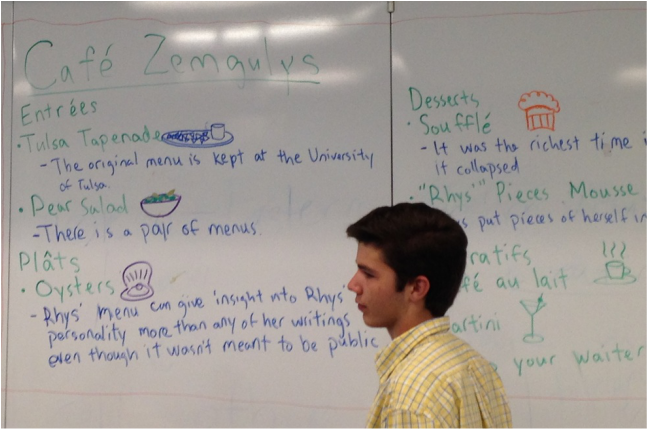
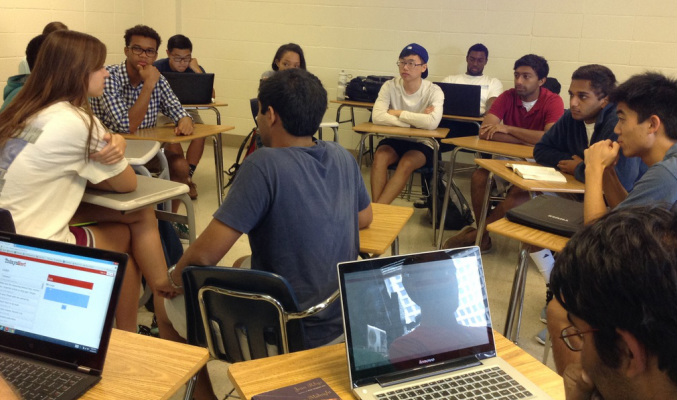

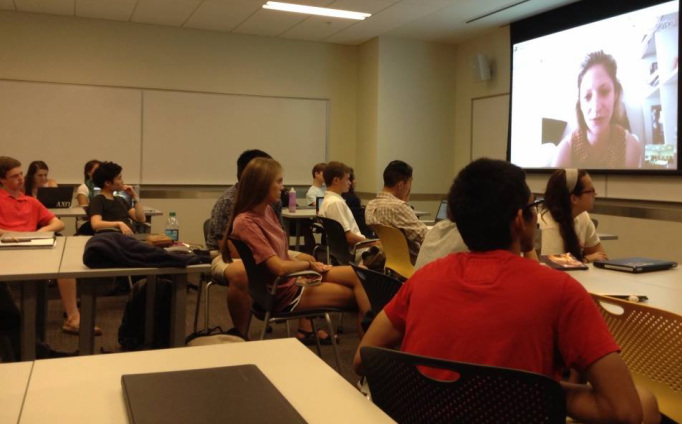
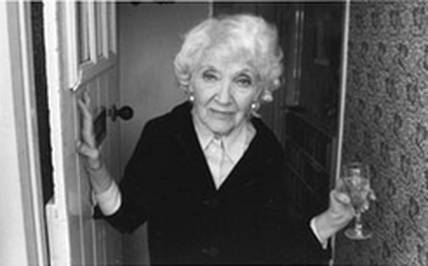
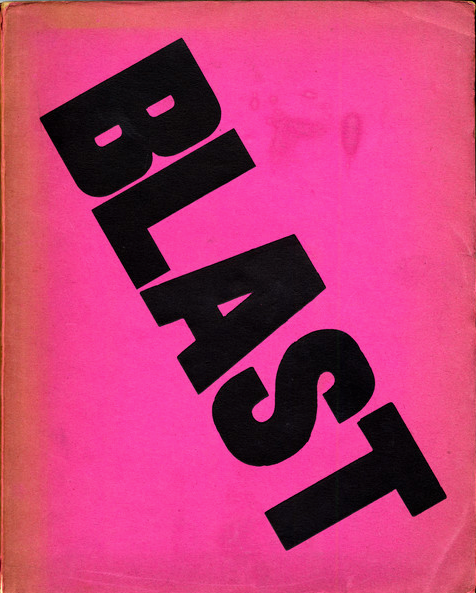

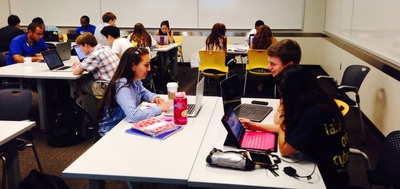

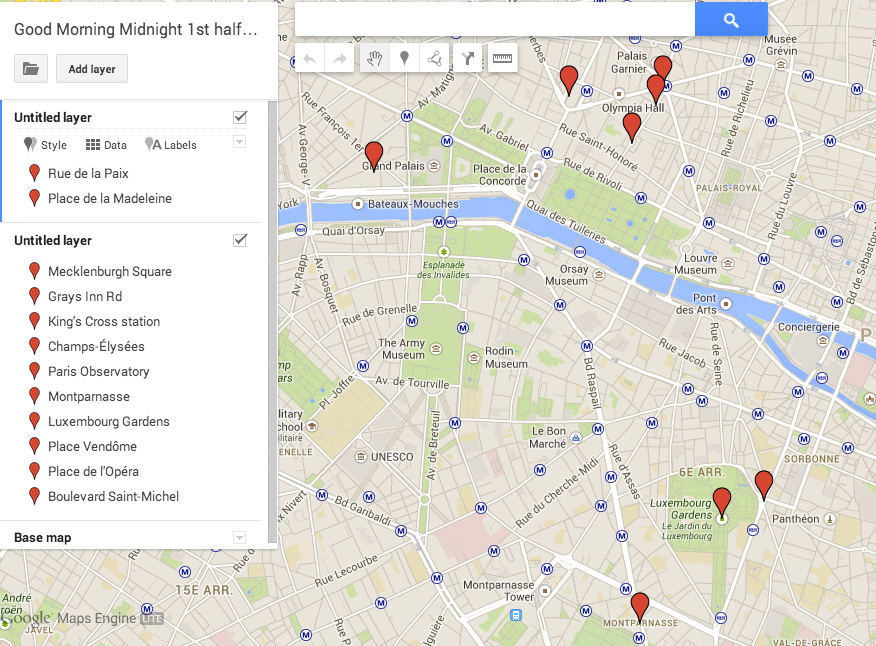
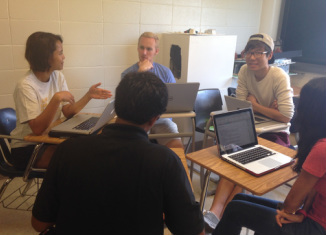

 RSS Feed
RSS Feed